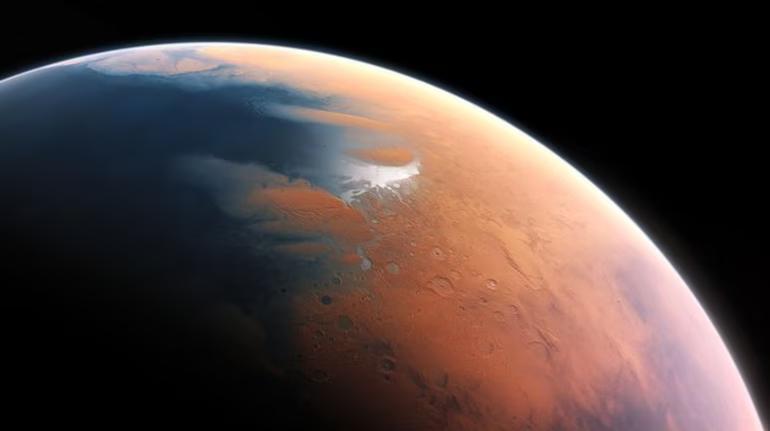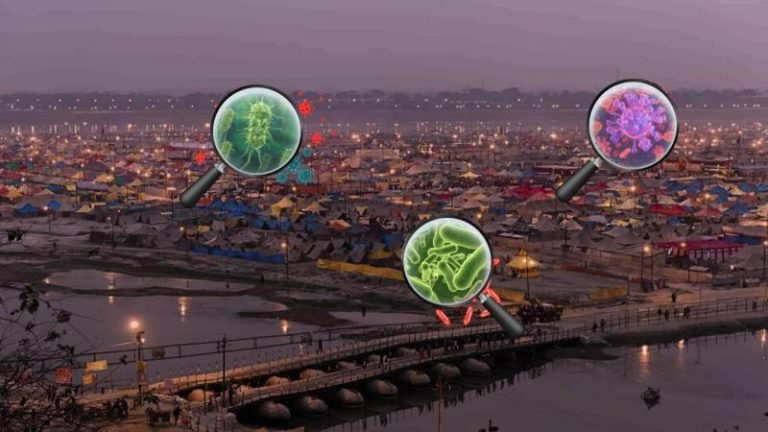
Mars May Have Once Had Rain & Snowfall, Finds New Study
Mars, the Red Planet, has long been a subject of fascination for scientists and space enthusiasts alike. While NASA’s Curiosity rover has provided us with a wealth of information about the Martian surface, there’s still much to be learned about the planet’s past. A recent study by the University of Colorado Boulder has shed new light on the Martian climate, suggesting that the planet may have once experienced rainfall and snowfall.
According to the study, published in the journal Nature Astronomy, Mars likely had a watery past, with rainfall and snowfall feeding valleys and channels. This finding is significant because it suggests that Mars may have had conditions suitable for life to exist on its surface.
The study’s lead author, Dr. Brian Hynek, a professor of astrophysical and planetary sciences at the University of Colorado Boulder, explained that the team used computer models to simulate the Martian climate over the past 4 billion years. They found that during this period, Mars had a warm and wet climate, with temperatures ranging from 0°C to 20°C (32°F to 68°F).
“This is a game-changer,” Dr. Hynek said in a statement. “We’re not talking about a warm and wet Mars like Earth, but a Mars that had a climate that was suitable for liquid water to exist on its surface.”
The team’s findings are based on data collected by NASA’s Mars Reconnaissance Orbiter, which has been studying the Martian surface since 2006. The orbiter has provided scientists with high-resolution images of the planet’s surface, which allowed the team to identify features that are indicative of past water activity.
One of the key features they looked for was the presence of recurring slope lineae (RSL), which are dark streaks that appear on Martian slopes during the warmest months of the year. These streaks are thought to be caused by the flow of briny water, which seeps to the surface from underground aquifers.
By analyzing the RSL features, the team was able to reconstruct the Martian climate over the past 4 billion years. They found that the planet’s climate was more hospitable to life than previously thought, with temperatures and humidity levels that would have allowed liquid water to exist on its surface.
“This study provides evidence that Mars had a warm and wet climate in the past, which is a crucial ingredient for life,” said Dr. Hynek. “It also suggests that the planet may have had conditions that were suitable for life to exist on its surface.”
So, what does this mean for the possibility of life on Mars? While the study’s findings are significant, they don’t necessarily mean that life existed on the planet. However, they do provide evidence that the conditions necessary for life to exist may have been present on Mars in the past.
“This study is a big step forward in our understanding of the Martian climate,” said Dr. Hynek. “It suggests that Mars may have had a watery past, and that’s a crucial step in the search for life.”
The study’s findings are also significant because they provide new insights into the Martian geology. The team’s computer models suggest that the Martian valleys and channels were carved out by water, rather than wind or tectonic activity.
“This study provides evidence that water played a crucial role in shaping the Martian surface,” said Dr. Hynek. “It’s a reminder that Mars is a dynamic planet, and that its geology is still evolving today.”
In conclusion, the study’s findings suggest that Mars may have once had a watery past, with rainfall and snowfall feeding valleys and channels. While this doesn’t necessarily mean that life existed on the planet, it does provide evidence that the conditions necessary for life to exist may have been present on Mars in the past.
As we continue to explore the Martian surface, we may yet discover evidence of life on the Red Planet. The study’s findings are a reminder that Mars is a dynamic and fascinating planet, and that there’s still much to be learned about its past and present.






